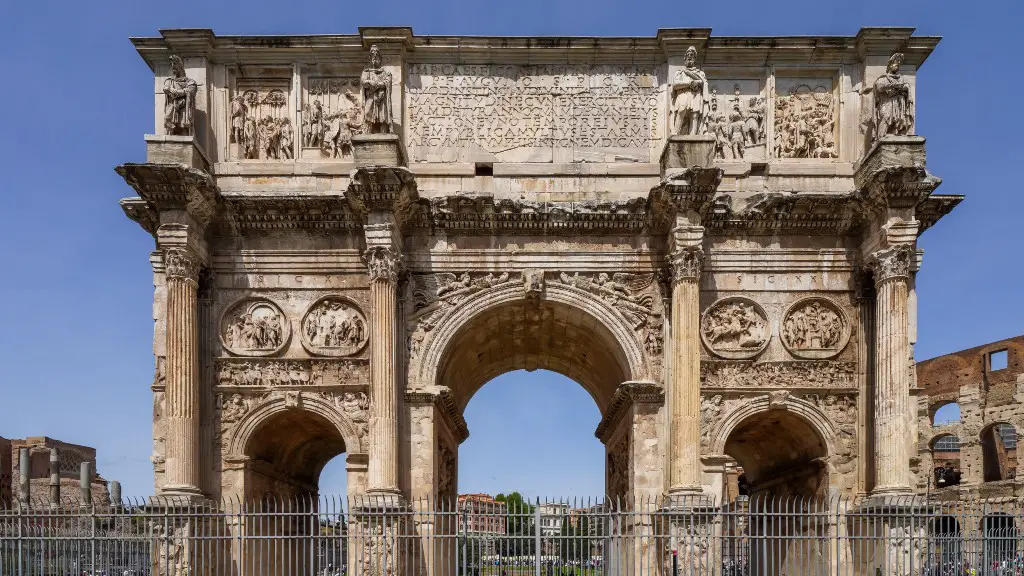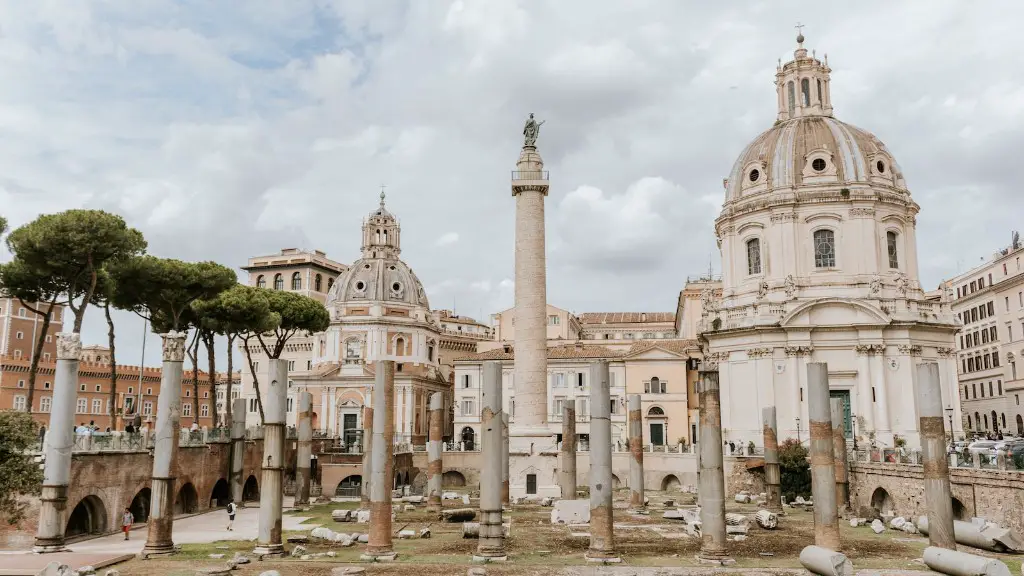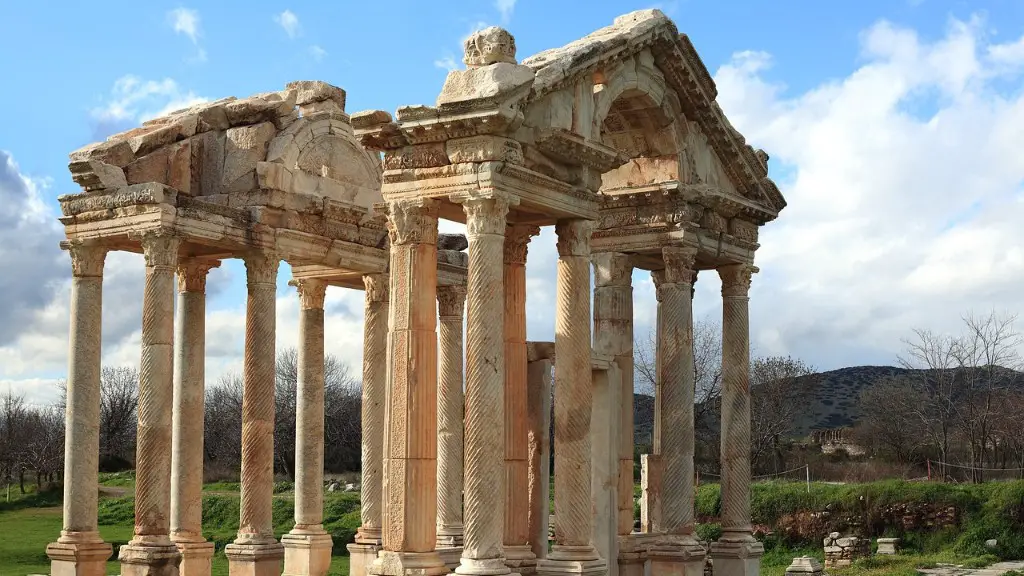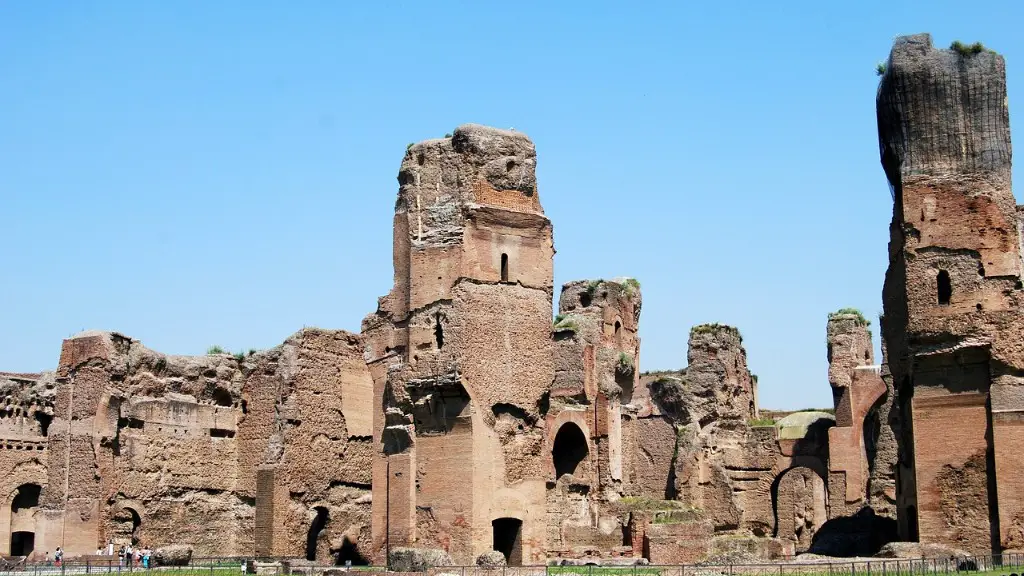Chariot racing has been around in some form or another since the first chariots were invented in Mesopotamia, over 5,000 years ago. In the classical period, chariot races were immensely popular in Ancient Rome, where they formed the central attraction of the day at the Circus Maximus.
Roman chariot racing was dangerous and violent, where two teams (comprising four horses and a driver) raced around the track at the Circus Maximus for seven laps in chariots made of a wooden frame and bronze plating. The team that completed the race in the fastest time, usually around 15 minutes, was declared the winner.
The best chariot but also most feared chariot racer in Ancient Rome was a man named Gaius Appuleius Diocles. He first entered the Circus Maximus in AD 84, racing his four white horses around the track with such precision and skill that he quickly established himself as a champion in the Roman chariot-racing world.
Not only was he a formidably fast driver, but Diocles was also an incredibly consistent racer, with a win rate of over 75%. This record can be attributed to his remarkable ability to handle the speed and tight turns of chariot racing, making him one of the most successful drivers ever to take part in the sport.
Diocles was a master of the ‘rabbing’ technique, in which the driver leans forward and pushes his chariot into the turns. This technique allowed him to quickly get around the track, allowing him to maintain the highest speeds and win almost every race.
It’s estimated that over the course of his 24 year career, Diocles won more than 4,300 times and earned more than 35 million sesterces — equivalent to billions of dollars today. He was so successful at chariot racing that Emperor Domitian rewarded him with special privileges, such as immunity from taxes, free drinks, and free accommodation.
In addition to the money he earned, Diocles also built an impressive legacy in the sport of chariot racing. He is widely regarded as one of the best drivers ever, and his records still stand today. Gaius Appuleius Diocles was without a doubt the best chariot racer in Ancient Rome.
Chariot Racing History in Ancient Rome
Chariot racing has been around in some form or another since the first chariots were invented in Mesopotamia, over 5,000 years ago. It was the Romans, however, who truly perfected the art of chariot racing, turning it into the stylish and thrilling sport we know today.
In the Roman era, chariot racing was a major source of entertainment, regularly featuring in festivals and ceremonies across the Mediterranean. The main event was the Circus Maximus in Rome, where thousands of spectators would gather to watch the four-horse chariots race around the track for seven laps.
Chariot racing was more than just a sport, it was a form of gladiatorial combat. Despite the leather armor and helmets, drivers were vulnerable to falls, collisions and other hazards. Just as in the Colosseum, bets would be made on who would come out victorious and many even died in the process.
Chariot racing was also an important part of Roman culture and religious festivals, with the winner of each race receiving a laurel crown. The driver’s victory would be celebrated throughout the city, with parades and public appearances. For many Roman citizens, a victorious charioteer was a source of pride and their fame spread across the empire.
Chariot racing was a highly competitive sport and it took skill, precision and bravery to become a successful driver. The most famous of all charioteers was Gaius Appuleius Diocles, who became a legend in the sport of chariot racing.
The Legacy of Gaius Appuleius Diocles
Gaius Appuleius Diocles was born in Rome in AD 42, and quickly established himself as one of the best charioteers in the city. He raced at the Circus Maximus for 24 years, building up an unparalleled record of wins and earning himself an unimaginable fortune of almost 35 million sesterces.
He was also incredibly popular with the people of Rome. Emperor Domitian, who was an avid chariot-racing fan, awarded him with special privileges, including free drinks and free accommodation. Diocles also held a gladiator school, where he trained young men in the art of chariot-racing.
Diocles was renowned for the ‘rabbing’ technique which he utilized to great effect. By leaning forward and pushing his chariot into the turns, he was able to maintain the highest speeds and win almost every race.
At the time of his retirement in AD 108, Age 55, Diocles had established himself as one of the greatest charioteers in Roman history. His records still stand today, and his legacy continues to live on in modern chariot racing.
Modern Chariot Racing
Modern chariot racing is a mixture of tradition and innovation. While the basic format remains the same (four-horse chariot teams racing around a track for seven laps), the rules have been updated and the competitions have been greatly increased.
Not only are there regular chariot racing competitions held throughout the world, but there are also major events such as the Chariot Racing World Championship, established in 1998. This event is held annually in Austria and draws thousands of spectators from all over the world to witness the spectacle.
In modern chariot racing, similar techniques to those used by Gaius Appuleius Diocles in the Roman era are still employed by the drivers, such as the ‘rabbing’ technique. Of course, safety has also been significantly improved for the horses and drivers, making it a much safer sport than its ancient equivalent.
Modern chariot racing has also gone beyond the racetrack and into the digital realm. Virtual chariot racing games, such as Chariot Racing Online, have become increasingly popular, allowing players to use virtual horses in races against other players around the globe.
Conclusion
Gaius Appuleius Diocles was without a doubt the greatest chariot racer in Ancient Rome, establishing an impressive record of wins and building a legacy that continues to live on in modern chariot racing. Chariot racing remains an exciting and dangerous sport, fascinating people all over the world.




